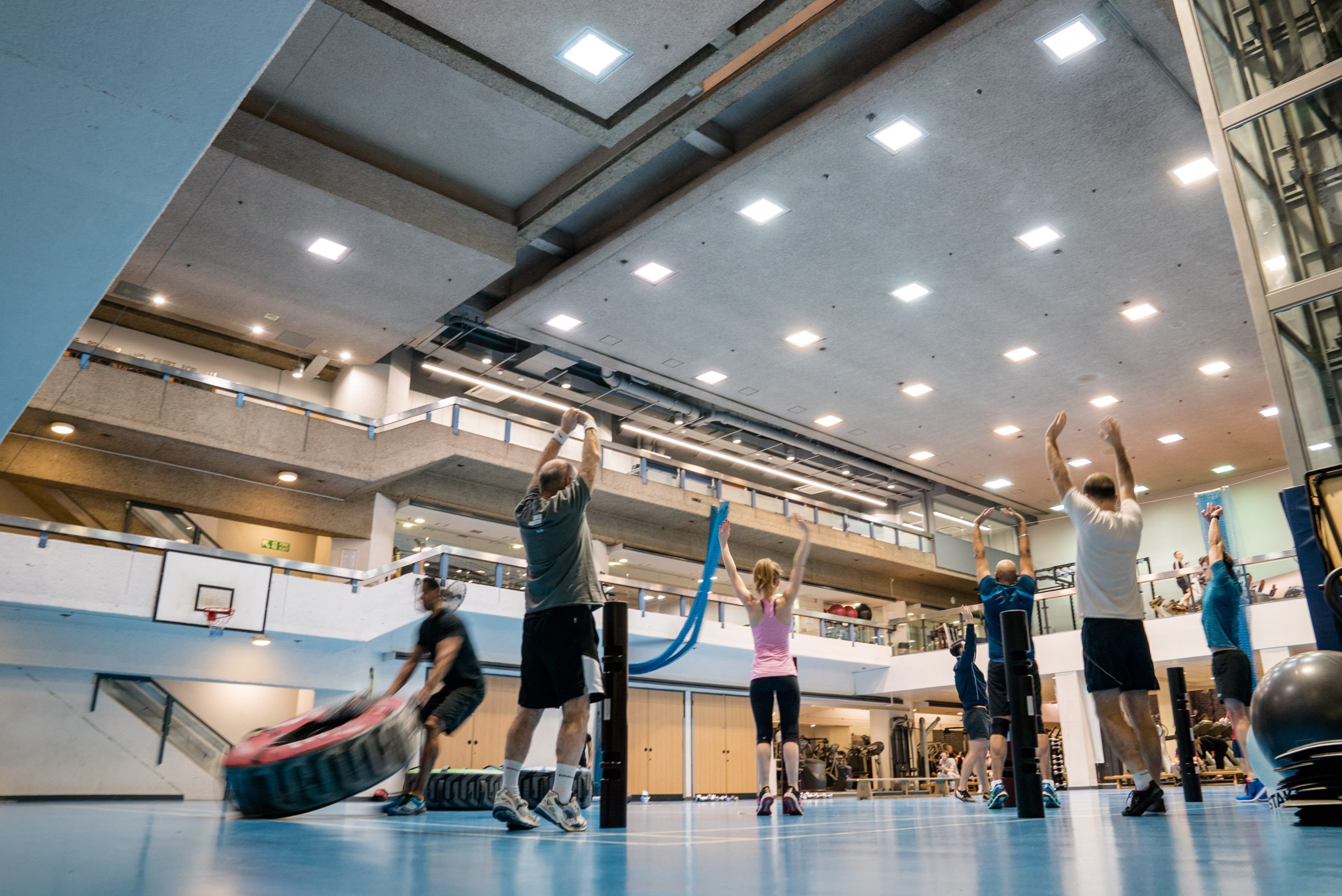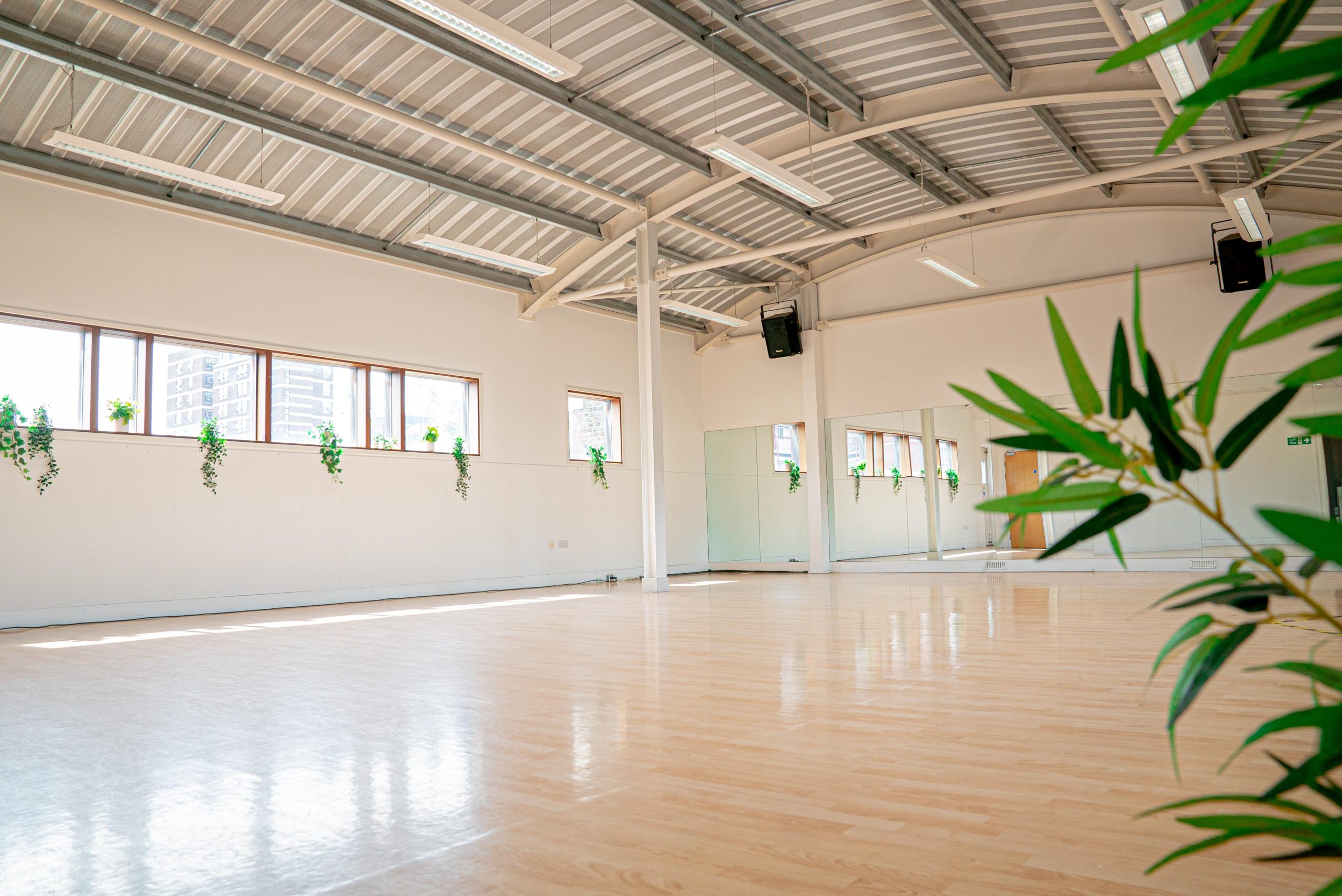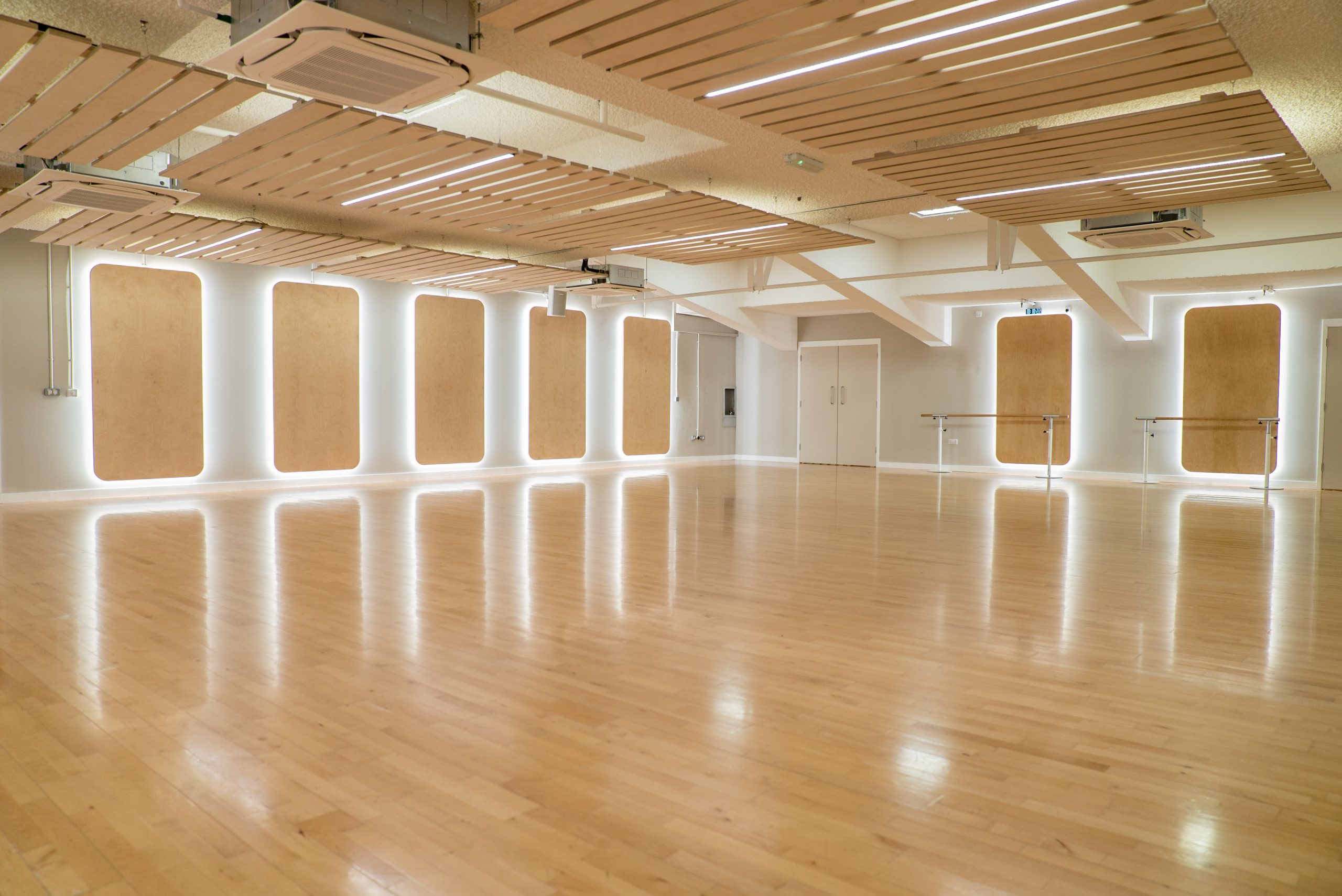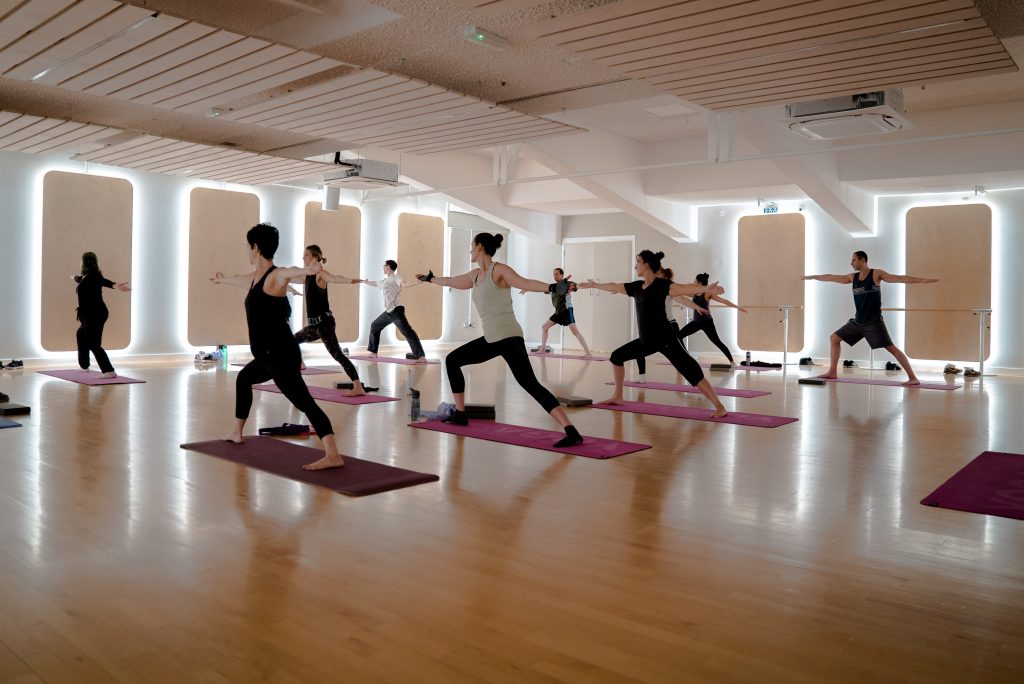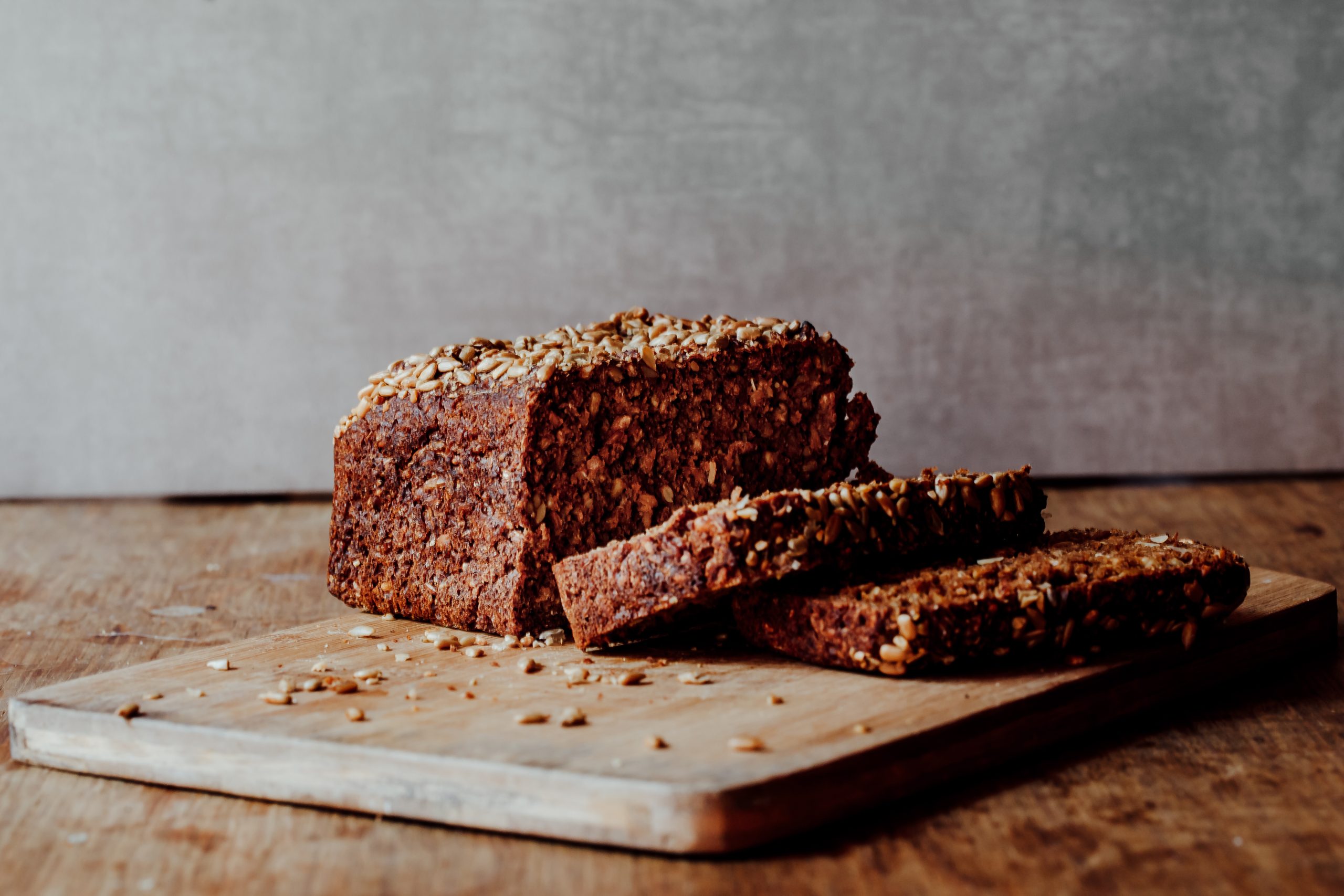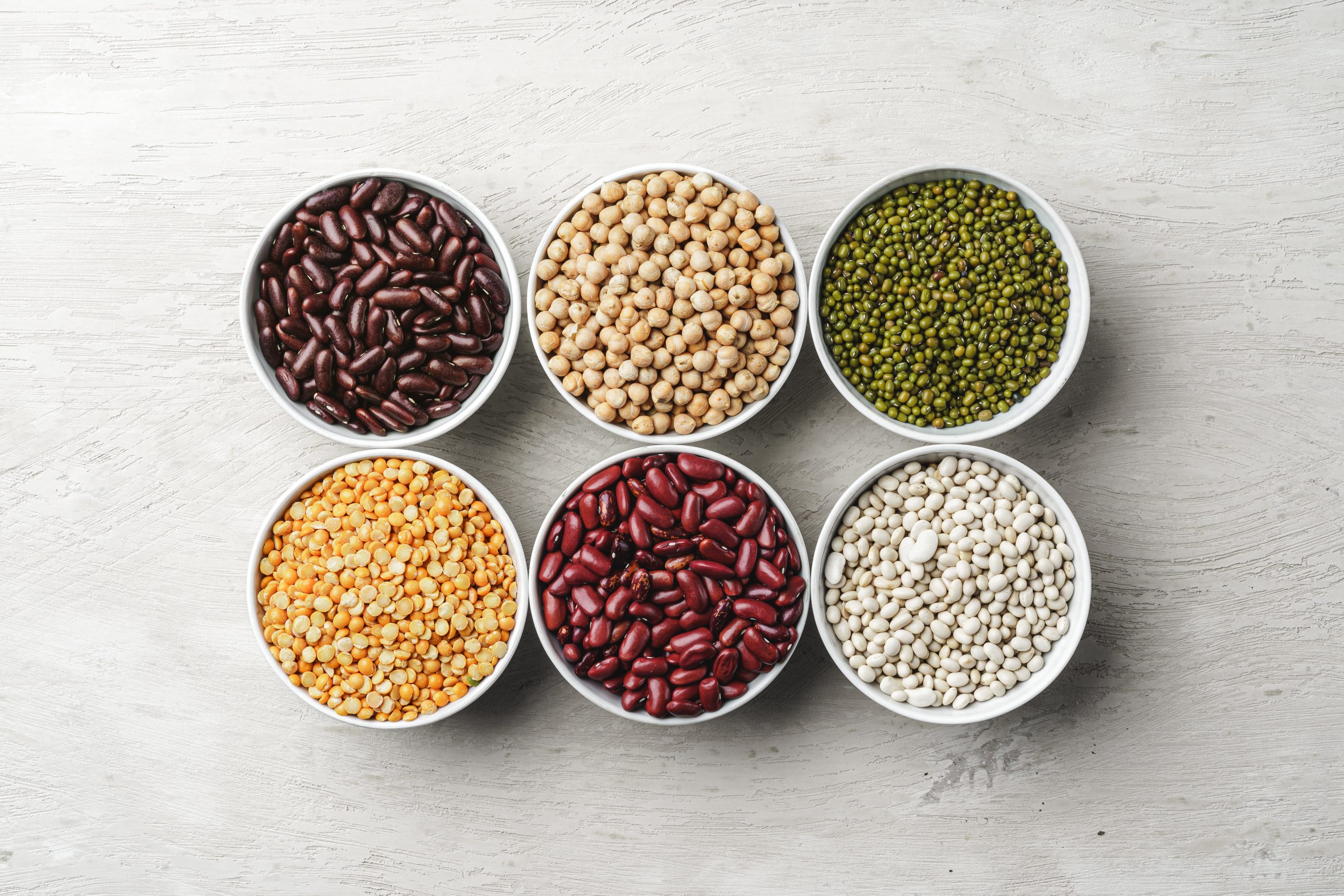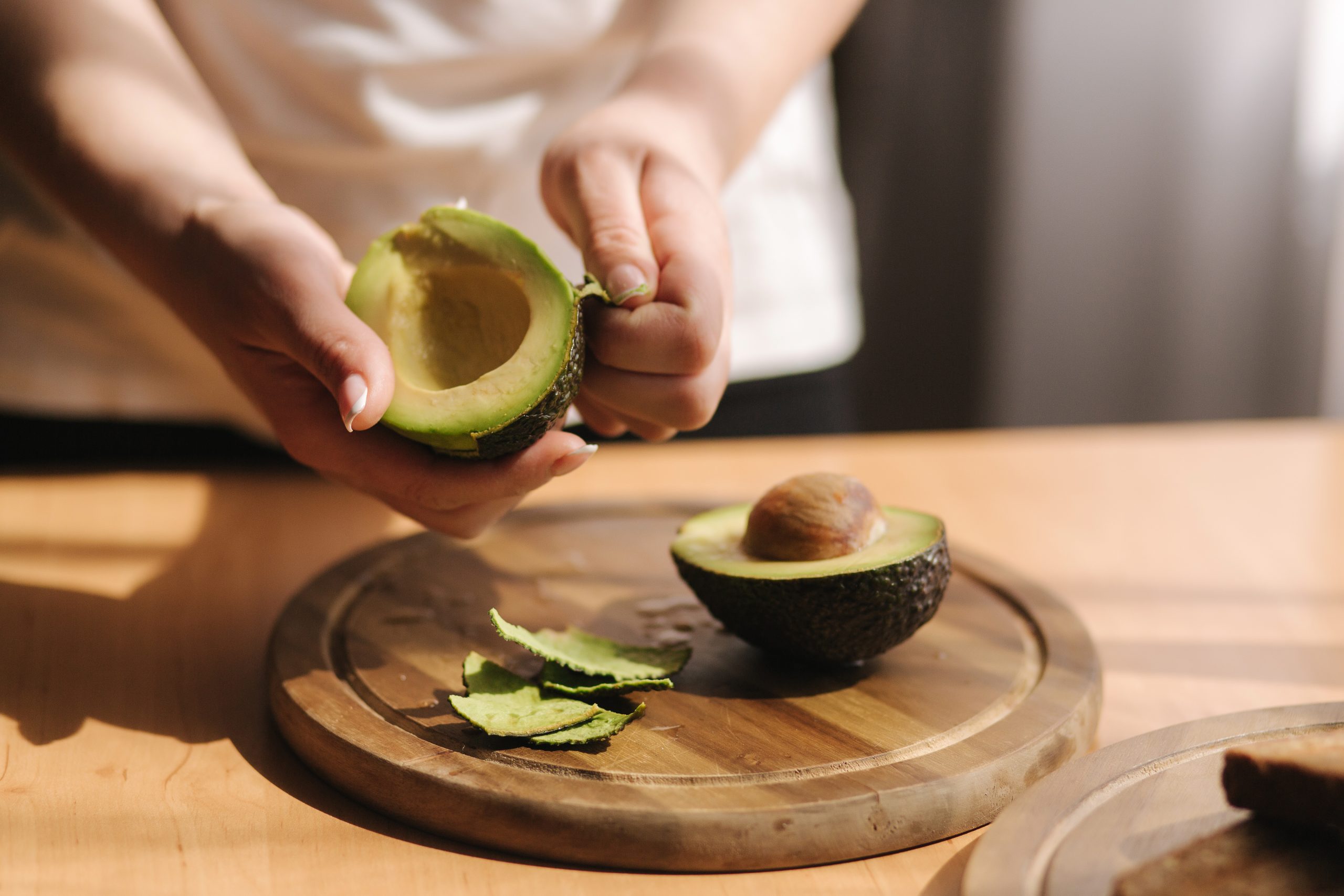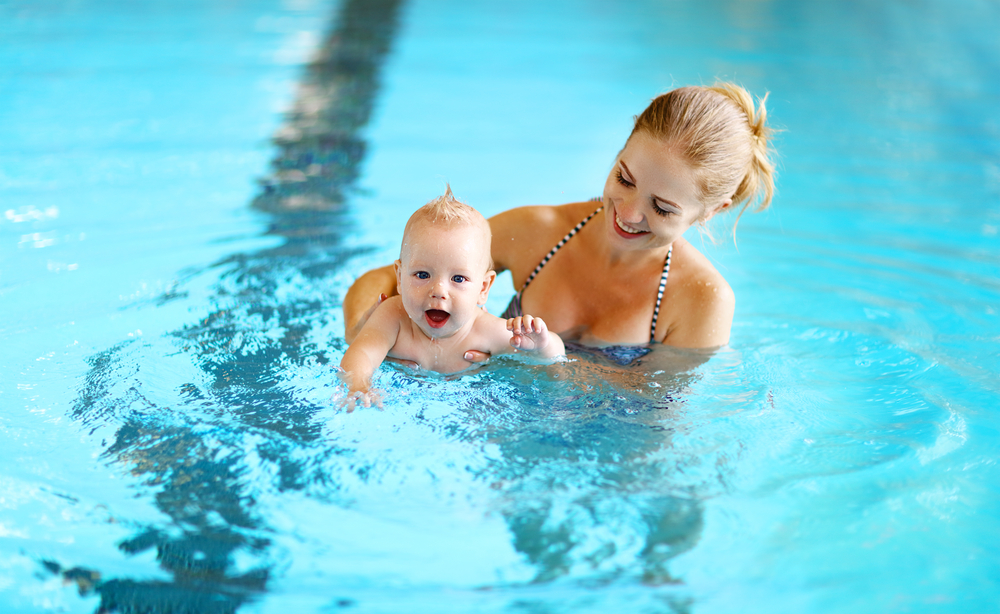How to Begin a New Exercise Routine With Confidence
Post by:
|
Summer is winding down, and for a lot of us that means getting back into a routine that we may have neglected these past few months. Autumn is the perfect time for a fresh start in many aspects of our lives, including fitness. If you’ve been slacking on your workouts over the summer, it’s a great time to get back on track. Or perhaps you’re brand new to exercise and you’ve been waiting for a sign to make that final push. Well, here it is!
There are so many benefits to exercise, such as:
Once you start exercising and seeing the results you want, you’ll be hooked! It’s just taking that first step that’s the hardest part. We’ve got your back! Follow this guide on how to begin a new exercise routine, and you’ll be confidently hitting the gym in no time!
(And as always when starting a new health or fitness routine, we recommend checking in with your doctor, particularly if you have any pre-existing health conditions.)
Find your “why”
First things first – determine your motivation behind working out more often. Some examples could be to improve your mental health, start sleeping better, have more energy, manage health conditions like high blood pressure or diabetes, gain more muscle, or lose some extra fat to get to a healthy weight as recommended by your doctor. Your “why” could be totally different to your friends’ or family members’ and unique to you. It doesn’t really matter what your reason for exercising is as long as you have something keeping you motivated!
Determine your starting point
Are you brand new to working out? Getting back into a fitness routine after a break? Or simply switching from one type of workout to another? Whichever it is, make sure your new workout routine matches your current fitness level. For example, if you are already active, you may be able to jump right into more challenging workouts. But if you are inexperienced in the gym or have been inactive for a while, be sure to start slow. Going in strong too early could lead to burnout or injury and do more harm than good. We’d highly recommend booking a session with a PT if you’re new to exercise to learn the proper techniques and exercises to help you reach your personalised goals.
Set reasonable goals to track your progress
Having a goal to work toward will help you stay motivated. But avoid setting goals that are too general like “lose weight” or anything you may not be able to realistically stick to like “go to the gym 6 days a week.” When setting goals, think SMART (specific, measurable, achievable, relevant, and time-sensitive). Here are a few examples of SMART fitness goals:
“I will gain 3kg in lean muscle mass within the next 3 months.”
“I will fit into that too-tight pair of jeans in time for my birthday on 11 December.”
“I will be able to run a 5k without stopping by Christmas.”
“I will improve my mental health and be able to reduce my number of therapy sessions by the start of 2025.”
Not only do these goals give you something to work toward – they also have some parameters to help you stay accountable and consistent.
There are many ways you can track your fitness progress, and many of them don’t even involve weighing yourself. Other ways to check in on your progress are taking progress pics, using the body composition machine at the gym, tracking the amount of weight you’re lifting in the gym, and paying attention to the way your clothes fit.
Also keep in mind that certain goals may be harder for you to track, like improvements to mental health, energy levels, and sleep quality. When it comes to these goals, it may help to keep a journal of how you’re feeling. Then go back periodically to read some of your old entries to see just how far you’ve come!
Push through that initial self-consciousness in the gym
When you walk into the gym for the first time or after being away for a while, it feels like everyone is staring at you and judging what you do. But that’s not the case at all! Everyone is so focused on their own workout that they probably aren’t paying any attention to what you’re doing.
If you’re brand-new to the gym, see if they offer a complimentary tour to new members. One of the PTs who works at the gym can show you where everything is located, teach you how to use equipment you aren’t familiar with, and answer any questions you may have. Some gyms also offer a complimentary PT session for new members to help you create an exercise plan based on your current fitness level and unique goals.
As you gain confidence in the gym, you could also try to schedule your gym sessions for off-peak times. You won’t have too many people crowded around you and you shouldn’t have trouble getting the weights or machines you want to use.
Pre-plan your workouts
This way, you’ll know exactly what you’ll be doing once you get to the gym – no wandering around aimlessly! It’s also easier to keep yourself accountable if you have a set workout planned versus going to the gym and just winging it. It may help to keep a diary of your workouts, or you can even use the notes app in your phone to keep track. Need some inspo? You could get a personalised workout plan from a PT, sign up to one of the many fitness apps with guided workouts, or even take advantage of the free workouts available on YouTube.
Wear workout clothes that you feel great in
Gym wear is all about comfort, not fashion! Make sure you wear clothes that you feel confident in and that you can easily move around in. If your gym fit is also cute, that’s a bonus but not nearly as important as comfort!
Listen to your body and prioritise recovery
Recovery time can be just as valuable as time spent in the gym! Rest days give your muscles time to recover, lowering your risk of energy. But they also give your mind time to rest, so you don’t end up feeling burnt out or overwhelmed, especially as you get used to a new routine. Always listen to your body – if you’re still feeling sore a few days after a tough gym session, don’t push yourself to do another intense workout. More relaxed workouts like yoga or a long walk are also great ways to get your body moving!
Try out different forms of exercise
When you’re brand new to working out or you’re trying to get back into a solid routine after some time off, it’s the perfect time to experiment with different forms of exercise. Ideally, you’ll want to strike a balance of strength-training, aerobic exercise, and flexibility training. But within those categories, the options are endless – weightlifting, HIIT, yoga, dancing, swimming, running, Pilates, cycling, calisthenics, football… we could go on and on! Trying new workouts can keep you motivated and interested, and you’re much more likely to stick to a routine if you find forms of exercise that you enjoy.
Put together an awesome gym playlist
Listening to music that gets you energised will help power you through your workouts. Music has even been shown to increase motivation and stamina and improve your overall workout performance!
Find an accountability partner
You’re a lot less likely to make excuses if you have someone else relying on you! If you have a friend, family member, or partner who is also looking to get into a solid workout routine, see if they’d be open to hitting the gym together and sharing your progress to keep one another accountable. Someone else who is new to your gym also makes a great workout buddy!
Don’t forget about nutrition
Good nutrition goes hand in hand with exercise, and having a healthy diet will help you get the most out of your workouts. Load up your plate with fruits and vegetables and incorporate plenty of lean protein, healthy fats, and whole carbohydrates to power you through your workouts. You don’t need to cut out “unhealthy” foods altogether but try to limit sugary snacks and ultra-processed foods in favour of whole foods.
Reward yourself for hitting fitness milestones
To keep yourself motivated and keep moving forward, treat yourself when you reach different goals or milestones you had set for yourself. For example, you could buy yourself a new pair of trainers or leggings when you’re finally able to lift that weight goal you’ve been working toward or reward yourself with a nice dinner out when you complete a 5k run for the first time.
Incorporate movement into your daily routine
In addition to the time you set aside for gym sessions or formal workouts, try to get more active in your day-to-day life as well. This will help create a habit around staying active. You could walk or cycle to work instead of catching the bus, do some stretches while watching TV at night, or swap the lift for the stairs whenever possible.
Push through dips in motivation
Lots of people go into a workout routine feeling so excited and motivated. Then you settle into a routine and may notice that motivation starts to wane a bit, particularly if you aren’t seeing results as quickly as you’d like. But do your best to push through that! Sustainable change doesn’t happen overnight – it takes time to really see noticeable results and turn fitness into a habit. This may be a good time to try something new like upping your weights or trying new exercise classes to restart that fire in you.
Avoid comparing yourself to others
Everyone is on their own journey with their own unique goals and fitness abilities. If you’re just starting out or getting back into fitness after some time off, the worst thing you could do is compare yourself to others, particularly professionals or people who have been exercising consistently for much longer than you. Focus on your own journey, and only follow fitness influencers who make you feel encouraged. If there’s anyone on your social media feed who makes you feel bad about yourself, don’t be afraid to use that mute button!
Are you feeling excited to put these tips into action and start smashing your fitness goals? You’ve got this! If you’re in need of some more fitness tips to help you get inspired, here are a few of our other blog posts you may like:
How to Start Working Out and Actually Stick With It

